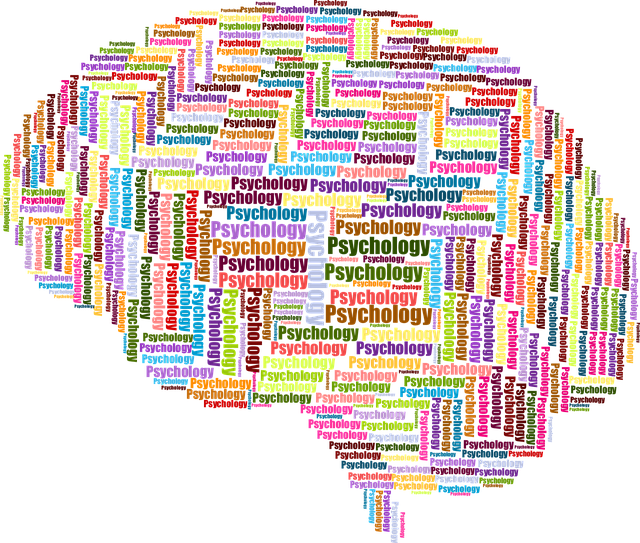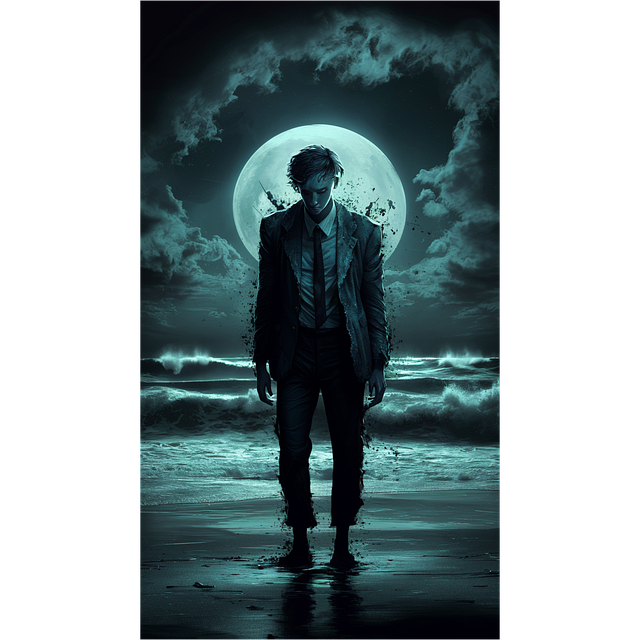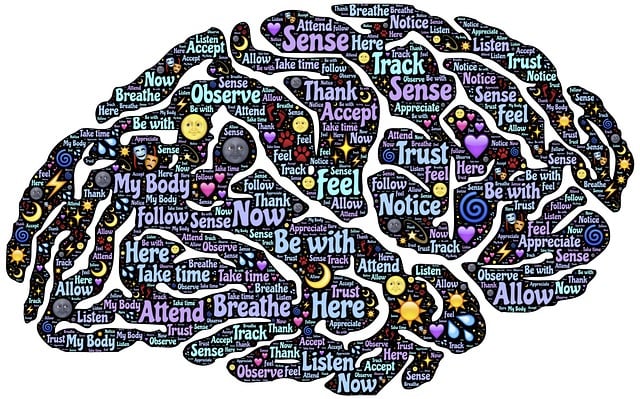Burnout is a significant concern among healthcare providers in Northglenn, impacting well-being and patient care quality. To combat this, several effective strategies are employed, including Somatic Experiencing Therapy (SET), which focuses on the body's natural healing mechanisms to resolve trauma and emotional responses to high-pressure environments. Mental Health Policy Analysis and Advocacy drive systemic changes promoting work-life balance and mental health resources. Resilience Building and Compassion Cultivation Practices enhance coping mechanisms and foster empathy within healthcare teams. Northglenn SET, through self-care routine development, mindfulness practices, open communication, and policy advocacy, is crucial in fostering a supportive work environment that prioritizes mental health and well-being for healthcare professionals.
Healthcare provider burnout is a growing concern, impacting not just individuals but the entire healthcare system. This article explores comprehensive strategies to prevent burnout among healthcare providers, focusing on the role of Somatic Experiencing Therapy (SET), a revolutionary approach rooted in Northglenn. We’ll discuss creating supportive work environments, encouraging self-care, fostering open communication, and more, offering valuable insights for promoting long-term wellbeing in this demanding profession.
- Understanding Burnout Among Healthcare Providers
- The Role of Somatic Experiencing Therapy in Prevention
- Creating a Supportive Work Environment
- Promoting Self-Care Practices for Long-Term Wellbeing
- Encouraging Open Communication and Collaboration
Understanding Burnout Among Healthcare Providers

Burnout among healthcare providers is a growing concern, impacting both individual well-being and patient care quality. It manifests as emotional exhaustion, depersonalization, and reduced personal accomplishment, often stemming from prolonged exposure to high-stress work environments, heavy workloads, and lack of support. In Northglenn, Somatic Experiencing Therapy (SE) has emerged as a valuable tool in addressing these issues. SE focuses on the body’s natural healing mechanisms, helping providers cultivate resilience and process traumatic stressors that can contribute to burnout.
Beyond therapy, strategies like Mental Health Policy Analysis and Advocacy play a crucial role in creating systemic changes. By promoting policies that prioritize work-life balance, provider well-being, and access to mental health resources, we can foster healthier workplaces. Additionally, Resilience Building and Compassion Cultivation Practices have proven effective in enhancing providers’ coping mechanisms and reducing stress, fostering an environment of empathy and support among healthcare teams.
The Role of Somatic Experiencing Therapy in Prevention

Somatic Experiencing Therapy (SET) has emerged as a valuable tool in healthcare provider burnout prevention, particularly in Northglenn and beyond. This approach focuses on resolving traumatic memories and unresolved emotional responses to stress, which are common among healthcare professionals facing high-pressure situations daily. By addressing the root causes of stress and trauma, SET helps individuals process and release trapped emotions, leading to improved mental wellness.
Incorporating SET into their personal growth plans can significantly benefit healthcare providers. The Mental Wellness Podcast Series Production often highlights the importance of emotional intelligence in managing burnout, and SET aligns perfectly with this concept. Through risk management planning for mental health professionals, SET provides a holistic method to enhance resilience and prevent burnout, ensuring that healthcare providers can continue to deliver quality care with sustained emotional balance.
Creating a Supportive Work Environment

In the quest to prevent burnout among healthcare providers, fostering a supportive work environment is paramount. This involves creating a culture that prioritizes mental health and well-being alongside patient care. Organizations like Northglenn Somatic Experiencing Therapy can play a pivotal role in this regard by offering resources for self-care routine development, which is crucial for better mental health. By integrating practices such as mindfulness, stress management techniques, and regular therapy sessions, healthcare workers can enhance their resilience and cope more effectively with the demands of their profession.
A supportive work environment also encourages open communication, where providers feel comfortable discussing challenges and seeking help without fear of stigma. This includes advocating for mental health policy analysis and advocacy at all levels—from institutional changes to broader societal shifts that recognize and prioritize healthcare professionals’ well-being. Through these collective efforts, the burden on individual providers can be lessened, fostering a healthier, more sustainable work environment.
Promoting Self-Care Practices for Long-Term Wellbeing

In the high-pressure environment of healthcare, burnout is a persistent threat to the well-being of providers and the quality of care they deliver. Promoting self-care practices is a proactive strategy to combat this issue, focusing on long-term mental wellness. Northglenn Somatic Experiencing Therapy (SE) offers a unique approach to help healthcare professionals manage stress and trauma, fostering resilience and self-awareness. This form of therapy encourages individuals to reconnect with their bodies, facilitating emotional release and promoting deep relaxation.
By integrating self-care practices into daily routines, healthcare providers can prevent burnout and enhance their ability to care for others. Mental wellness coaching programs development and public awareness campaigns can play a pivotal role in normalizing these practices. Encouraging open conversations about mental health challenges and providing accessible resources empowers healthcare workers to prioritize their own well-being, creating a more sustainable and compassionate healthcare system.
Encouraging Open Communication and Collaboration

Encouraging open communication is a cornerstone of preventing burnout among healthcare providers, especially in challenging settings like Northglenn Somatic Experiencing Therapy. Creating a safe and supportive environment where staff feel comfortable expressing concerns, sharing ideas, and providing feedback can significantly enhance job satisfaction and reduce stress levels. Collaborative practices, such as team debriefings after high-pressure events or regular staff meetings focused on mental wellness, foster a sense of community and collective responsibility. This not only eases the burden on individual practitioners but also encourages peer support, a crucial aspect of burnout prevention.
Leveraging Public Awareness Campaigns Development initiatives can further bolster these efforts by promoting cultural sensitivity in mental healthcare practice. By raising awareness about the unique challenges faced by healthcare providers and normalizing conversations around mental wellness, these campaigns contribute to a more supportive societal environment. This, in turn, can lead to improved job satisfaction, reduced stress, and higher retention rates among mental health professionals, ensuring a more sustainable and effective healthcare system.
Healthcare provider burnout is a pressing issue, but by implementing strategies like Northglenn Somatic Experiencing Therapy for stress management, fostering open communication, and encouraging self-care, we can create a more supportive work environment. Organizations and individuals alike must prioritize these measures to prevent burnout and promote long-term wellbeing among healthcare providers. Through collective efforts, it’s possible to revolutionize caregiving by ensuring professionals remain dedicated, engaged, and resilient.














